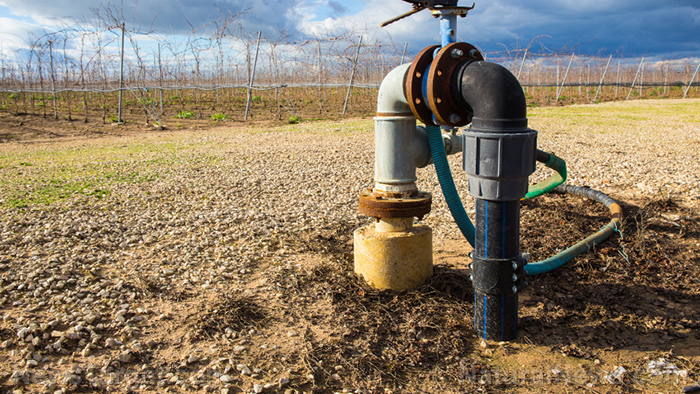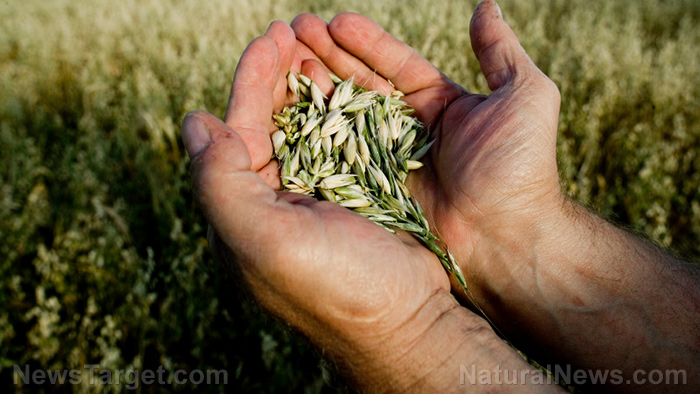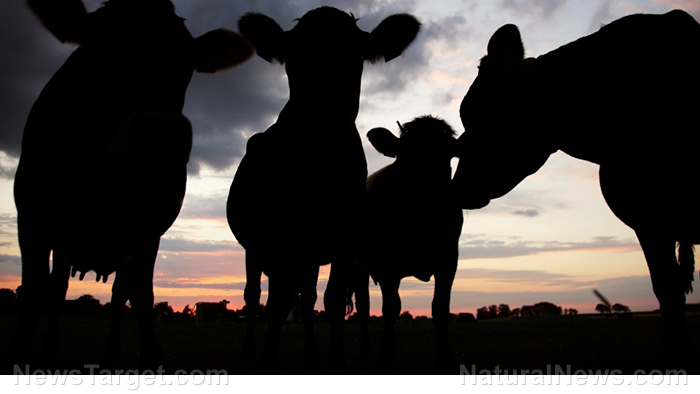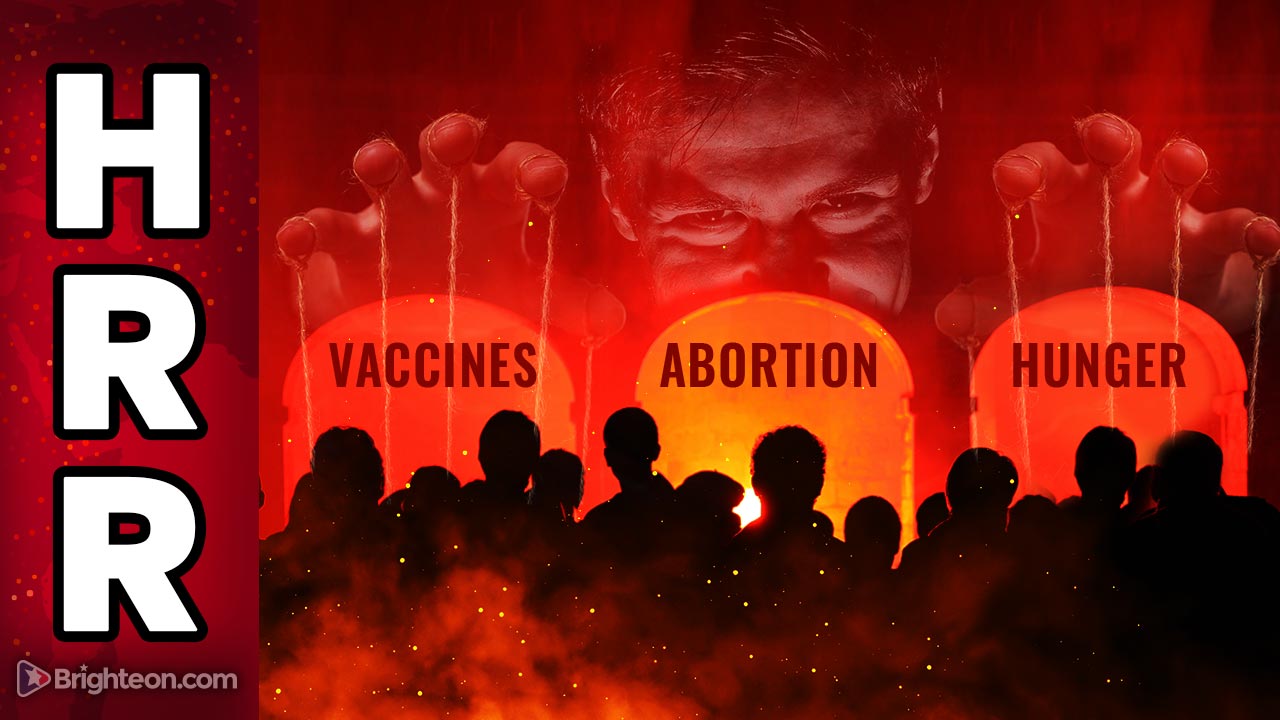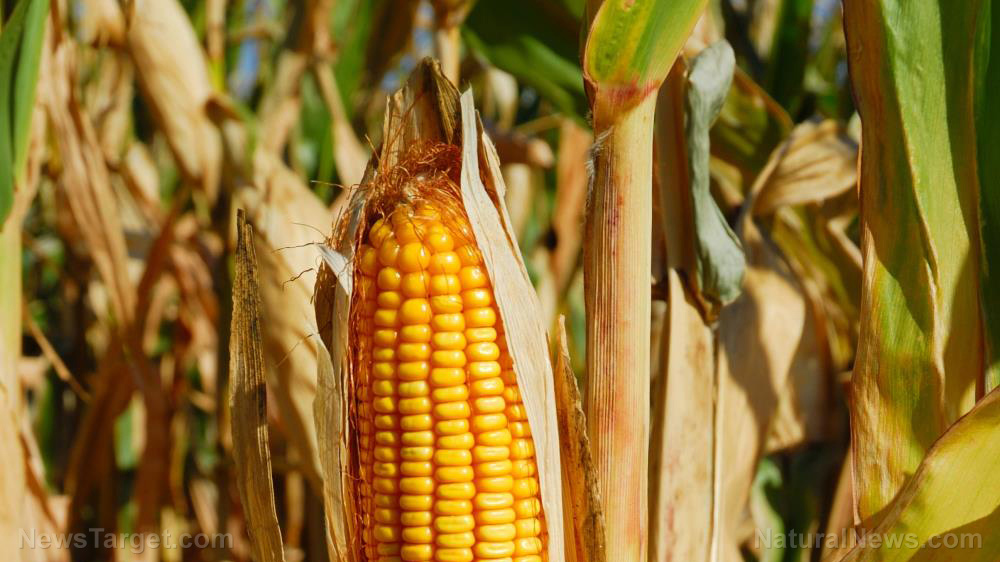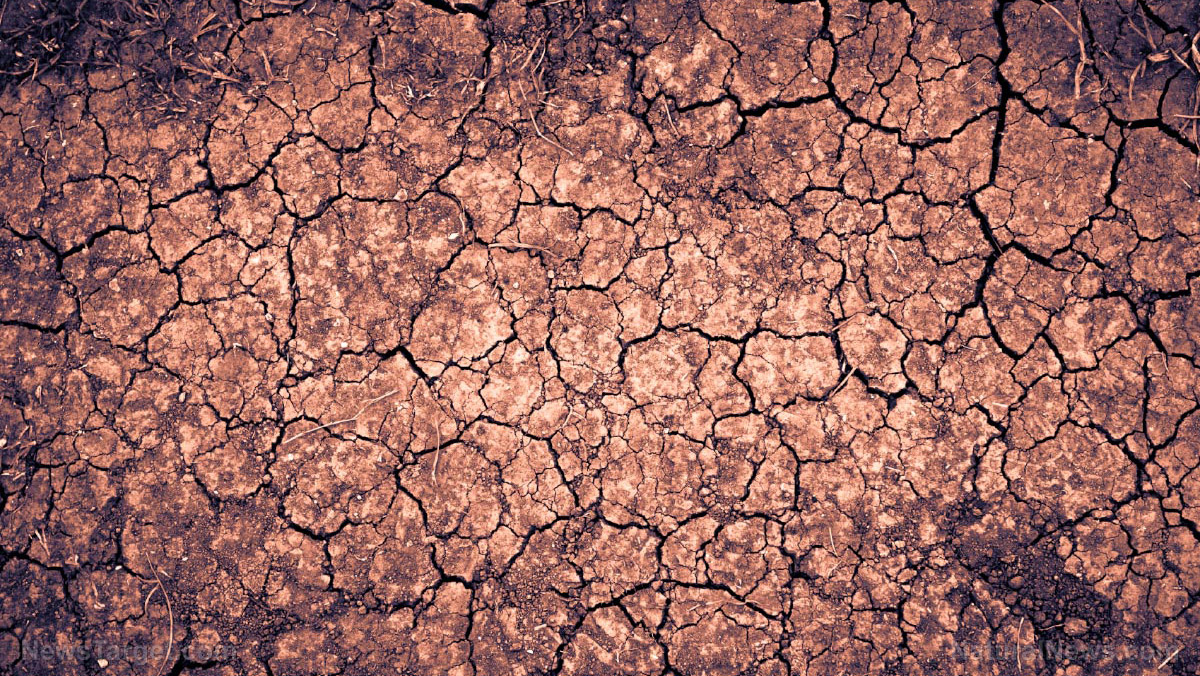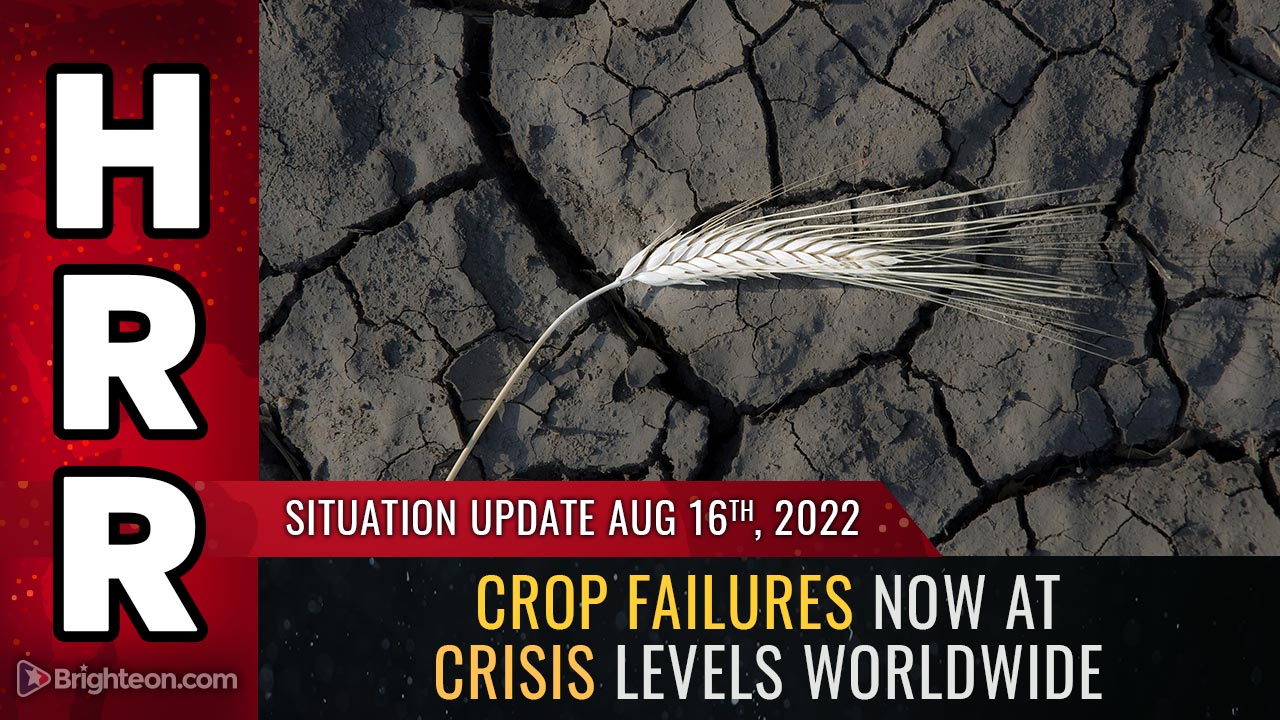Food supply at risk: Quality of corn, soybean crops in South Dakota and Ohio deteriorating due to worsening drought
08/25/2022 / By Arsenio Toledo

The quality of corn and soybean crops in South Dakota and Ohio is deteriorating rapidly.
The Midwestern leg of the 2022 crop tour of the agriculture publication Pro Farmer has found that extreme heat and widespread drought brought many parts of the Midwest into ruin, hampering thousands of acres of crop fields.
The situation in the region adds to the many problems American farmers are already experiencing, including years of troubled crop harvests and this year’s fertilizer shortages and inflation crisis – both of which are increasing operating costs and eating into their profits. (Related: Corn collapse: Just 57% of US corn crop is in good or excellent condition.)
Drought conditions making South Dakota harvest the worst in a decade
In South Dakota, corn yields were projected at just 118.45 bushels per acre (bpa), according to the Pro Farmer Midwest Crop Tour. This would make it South Dakota’s worst harvest year since 2012. Last year, farmers in the state averaged around 140 bpa in corn.
“Even if it would rain now, it would do no good [for the corn] in South Dakota,” said Emily Carolan, territory manager with agriculture company Pioneer Seeds and a participant of the crop tour. “The stress on this crop has been all season.”
Soybean crops in the state are not faring any better. The crop tour does not project soybean yields but it estimates the number of soybean pods in three-by-three-foot squares. The average they found was 871.4 pods, down from last year’s average of 996.86 pods and the three-year average of 1,026.86 pods.
Chip Flory of Pro Farmer noted that crop fields in the northern and western parts of South Dakota will experience better harvests, “but it’s still doggone tough out here.”
Ohio crops faring slightly better, but still far below normal
The eastern leg of the Pro Farmer Crop Tour is faring better due to better weather, which has lessened the impact of the drought in the Midwest. However, reports coming in from the publication’s crop scouts noted that many fields are still faring worse.
In Ohio, a recent crop progress report from the United States Department of Agriculture has found that only around 60 percent of the corn crop in the state is in good or excellent condition, and 59 percent of the soybean crops are in good to excellent condition.
“Last year was the best Ohio corn crop I’d ever seen,” recalled Brian Grete, a Pro Farmer editor, during the eastern leg of the publication’s crop tour. “Unfortunately, I think it’s safe to say the corn crop yield here will be lower than last year. We’re seeing populations are down, ear length isn’t quite there and quite a bit of kernel abortion.”
Corn yields for the state are projected at 174.17 bpa, below the 2021 average of 185.06 bpa and slightly above the three-year average of 169.03 bpa.
Grete noted that soybean crops in Ohio are faring better than the state’s corn crop, but there is still a very wide range in terms of quality.
“In soybeans … there’s too much variability for the crop to hit maximum yields,” said Grete. “There are a lot of fields still flowering. It’s plenty wet here, so it’s just a matter of what yield potential is out here and then getting it to the finish line.”
Learn more about estimated crop yields this year at Harvest.news.
Watch this episode of the “Health Ranger Report” as Mike Adams, the Health Ranger, discusses how worldwide crop failures are now at crisis levels.
This video is from the Health Ranger Report channel on Brighteon.com.
More related stories:
Potato prices surge as Idaho crop yields drop due to heatwave.
Bad weather is damaging crop planting prospects for South Dakota farmers.
Pennsylvania farmers are unable to harvest their crops because of the diesel shortage.
Corn, soybean, wheat, oat planting in the US now far behind their five-year averages.
Sources include:
Submit a correction >>
Tagged Under:
agriculture, climate, collapse, corn, crop quality, crops, disaster, drought, environment, food collapse, food production, food scarcity, food supply, harvest, hunger, ohio, rationing, South Dakota, soybeans, starvation, supply chain
This article may contain statements that reflect the opinion of the author
RECENT NEWS & ARTICLES
COPYRIGHT © 2022 Famine.News
All content posted on this site is protected under Free Speech. Famine.News is not responsible for content written by contributing authors. The information on this site is provided for educational and entertainment purposes only. It is not intended as a substitute for professional advice of any kind. Famine.News assumes no responsibility for the use or misuse of this material. All trademarks, registered trademarks and service marks mentioned on this site are the property of their respective owners.

